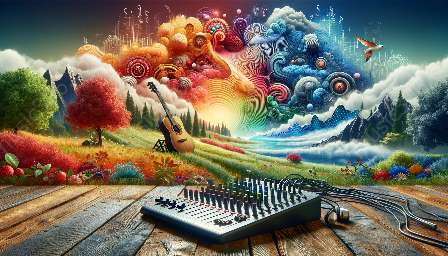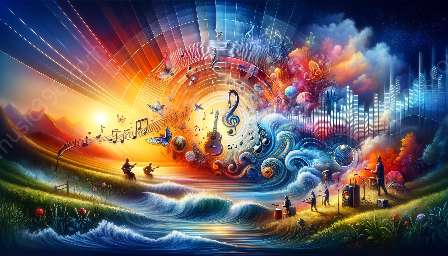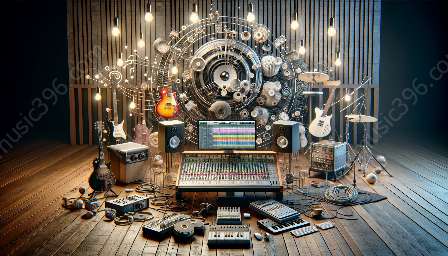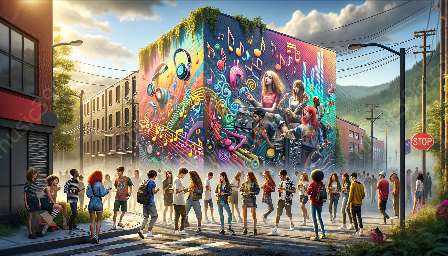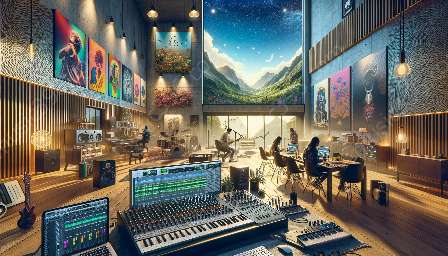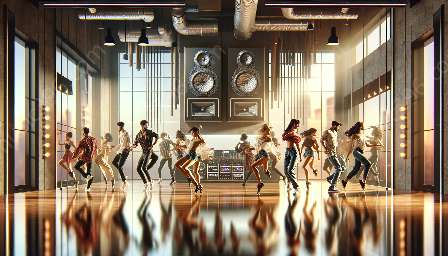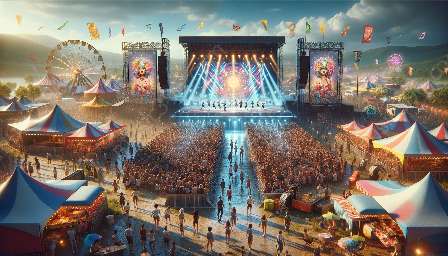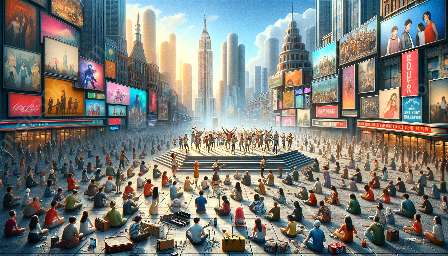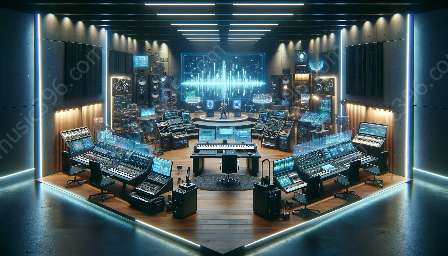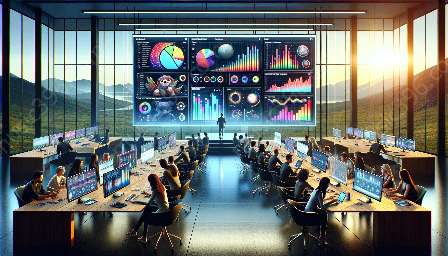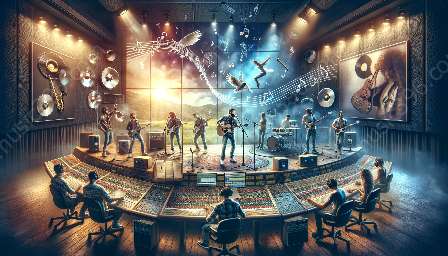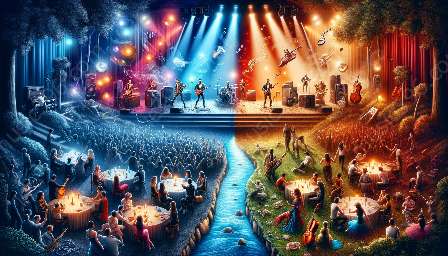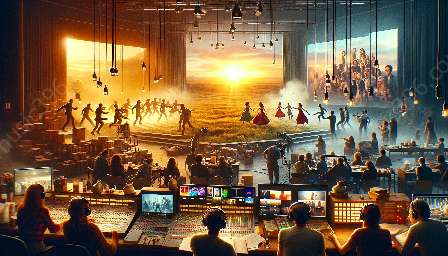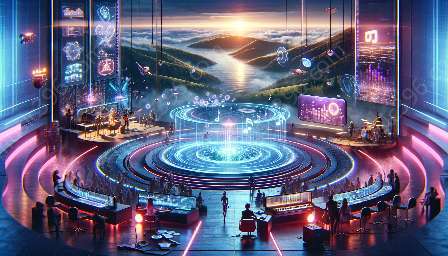Pop music, a genre characterized by its catchy melodies, infectious rhythms, and popular appeal, has been significantly influenced by technological advancements. These innovations have not only shaped the production and distribution of pop music but have also revolutionized the way artists connect with their audiences. From the introduction of synthesizers and digital recording techniques to the rise of streaming platforms and virtual reality experiences, technology has played a pivotal role in shaping the future of pop music.
Evolution of Sound Production
Technological advancements have profoundly influenced the production of pop music, leading to a continuous evolution of sound. The introduction of synthesizers in the 1970s revolutionized the creation of electronic music, allowing artists to experiment with new sounds and textures. Over time, the development of digital audio workstations (DAWs) and software instruments has democratized music production, enabling artists to produce professional-quality tracks from the comfort of their own homes.
Furthermore, advancements in digital recording techniques and sound engineering have contributed to the refinement of pop music production. From auto-tuning vocals to manipulating instrumental tracks, modern production tools have expanded the creative possibilities for artists, resulting in a diverse range of sonic landscapes within the pop music genre.
Revolutionizing the Distribution and Consumption of Music
The digital revolution has transformed the way pop music is distributed and consumed. With the advent of the internet, music streaming platforms have become the primary medium for listening to and discovering new music. Services like Spotify, Apple Music, and Tidal have not only provided artists with new avenues to share their music but have also reshaped the way audiences access and engage with pop music.
Moreover, social media and digital marketing tools have empowered artists to directly connect with their fan base, cultivating a more intimate and interactive relationship. Platforms such as Instagram, Twitter, and TikTok have become indispensable tools for promoting new releases, engaging with fans, and building a strong online presence.
Immersive Experiences and Virtual Reality
As technology continues to advance, pop music is embracing immersive experiences and virtual reality (VR) to create unforgettable performances and interactive content. Artists are exploring VR technology to provide fans with immersive music videos and virtual concerts, allowing audiences to experience live performances in virtual environments from anywhere in the world.
Furthermore, the integration of augmented reality (AR) and interactive elements into music videos and live shows has redefined the boundaries of creativity within the pop music landscape. This fusion of music and technology not only enhances the audience's engagement but also opens up new avenues for artistic expression.
Artificial Intelligence and Music Composition
The emergence of artificial intelligence (AI) has also made its mark on the future of pop music. AI algorithms are being used to analyze trends in music consumption, predict hit songs, and even assist in music composition. By leveraging machine learning and deep learning algorithms, AI-driven platforms are empowering artists and producers to explore new musical ideas and compositions, pushing the boundaries of creativity and innovation.
Conclusion
Technological advancements have significantly shaped the future of pop music, influencing its production, distribution, and overall artistic expression. As the digital landscape continues to evolve, it is certain that new technologies will further redefine the pop music genre, providing artists with unparalleled opportunities for creativity and engagement with their audience.



